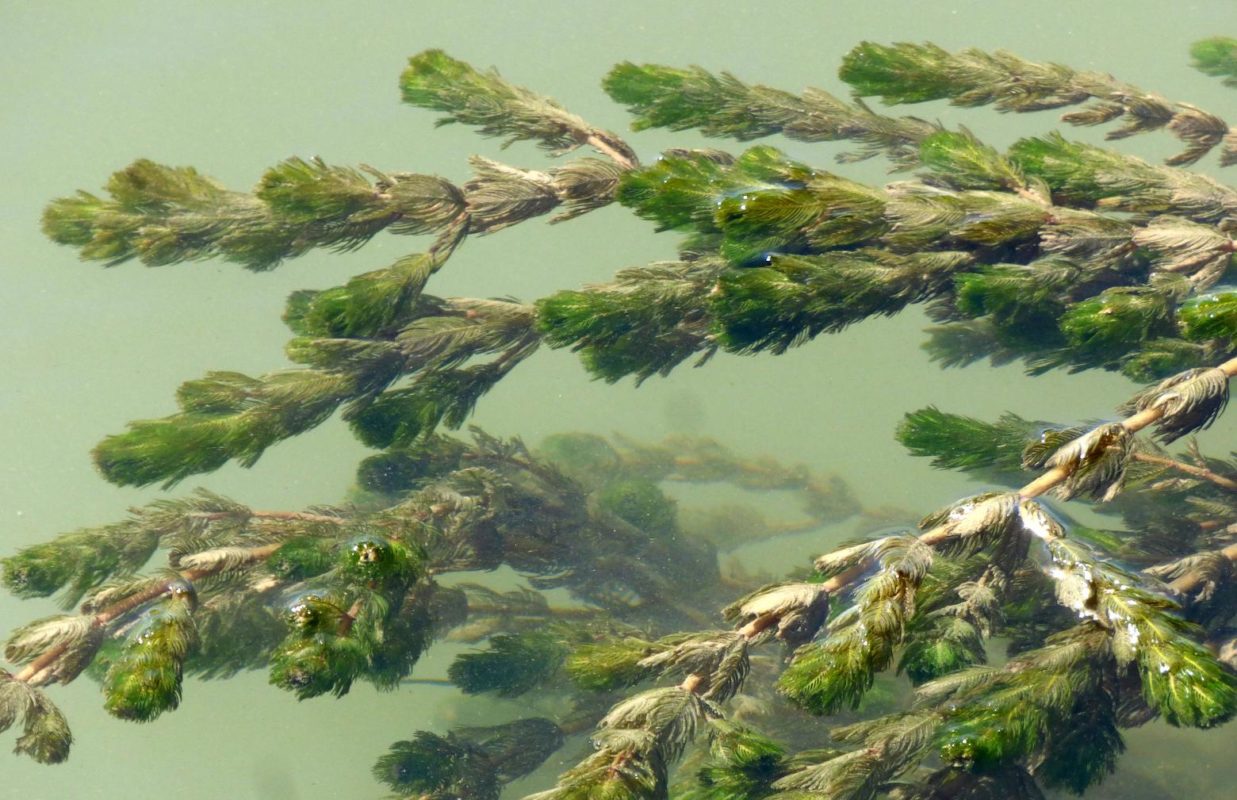Guide
Turbid water in the aquarium – causes and solutions
Cloudy water in the aquarium can be unsightly and worrying for the owner. It can also be a sign of an unhealthy ecosystem in the aquarium that needs to be remedied quickly to ensure the health of the fish and plants. As an aquarist and triops breeder, you want to have as crystal clear water as possible in your aquarium. It is an indicator of cleanliness in the tank and a healthy ecosystem. And of course the appearance plays a big role, because who wants to have an aquarium with cloudy water. Immediately after setting up the aquarium, however, one often notices: the water in the aquarium is cloudy. But even at a later stage, cloudy water is nothing unusual. Fortunately, in most cases the causes are harmless and easy to combat. In this blog post, I will explain some of the most common causes of cloudy water and what you can do to fix the problem.

Turbid water in the aquarium: overfeeding
Overfeeding often leads to turbidity of the water in the aquarium. Some of the food is not eaten by the fish and plants and sinks to the bottom of the aquarium. Here it begins to rot, releasing nutrients and pollutants that make the water cloudy. Another factor that contributes to cloudy water is the growth of algae. Algae need light and nutrients to grow, and overfeeding provides them with both. Excessive algae growth can cause the water to turn greenish or brown and look unsightly.
Avoiding overfeeding is simple and can quickly help keep the water in the aquarium clear. Here are some tips:
- Only feed as much as the triops can eat within 30 minutes.
- Use a timer to automate feeding and ensure that too much food has not been accidentally given.
- Feed several small meals a day instead of one big one.
- Check the bottom of the aquarium regularly and remove all uneaten food remains.
- Increase the frequency of water changes to remove excess nutrients and pollutants from the aquarium.
Lack of filtration
An important aspect of maintaining a healthy aquarium is effective filtration. A lack of filtration can lead to turbidity of the water in the aquarium, which not only affects the appearance of the aquarium, but also endangers the health of the inhabitants. An important part of aquarium filtration is the removal of pollutants and waste products that result from the death of plants, fish and other inhabitants, as well as from feeding. If the filtration is not effective enough, these substances will remain in the water, resulting in turbidity.
To avoid lack of filtration, make sure the filter is in good condition and working effectively. Here are some tips:
- Regularly check the filter for blockages and clean it if necessary.
- Replace the filter if it is damaged or worn.
- Use a combination of different types of filters to achieve a more thorough cleaning of the water.
Algae growth
Algae are one of the most common causes of cloudy water in the aquarium. Although algae are harmless in small quantities, their excessive growth can make the water cloudy and unsightly. In addition, the overgrowth of algae can affect the growth of other plants and the well-being of the inhabitants. Algae need light and nutrients to grow. If there is too much light and nutrients in the aquarium, algae growth can accelerate and become excessive. This leads to turbidity of the water as the algae block the light and make the water appear greenish or brown.
→ More information can be found in the main article: Fighting algae in the aquarium
Unclean water
Unclean water is another common cause of cloudy water in the aquarium. This can result from a variety of reasons, including the use of poor quality or insufficiently treated water, the presence of pollutants in the water or the breakdown of organic material in the aquarium. If impure water is added to the aquarium, it can cause the water to become cloudy because it contains pollutants and particles that cannot be removed by the filter.
These particles and pollutants can make the water cloudy and unsightly. Another problem is that impure water can change the pH and chemical composition of the water in the aquarium. This can lead to problems with water quality and the well-being of the aquarium’s inhabitants.
To solve the problem of unclean water, you can take the following steps:
- Use high-quality, sufficiently treated water for the aquarium.
- Regularly check the pH value and the chemical composition of the water in the aquarium.
- Carry out regular water changes.
- Consider whether it makes sense to use water treatment agents to remove pollutants and particles from the water.
Soil sludge
Bottom sludge occurs when indigestible parts of food scraps and waste on the aquarium floor decompose into bottom sludge. If the bottom sludge is not removed regularly, it can accumulate and cover the bottom of the aquarium. When the aquarium is moved, this bottom sludge can be stirred up and make the water cloudy. Regular water changes and vacuuming out waste and bottom sludge with a bottom cleaner are therefore essential.
- Palaeontology: Study ends decades-long dispute over Nanotyrannus - 11. November 2025
- Palaeontology: How lichens point the way to dinosaur fossils - 9. November 2025
- Cannibalism among Triops: a fascinating yet shocking behaviour - 8. November 2025